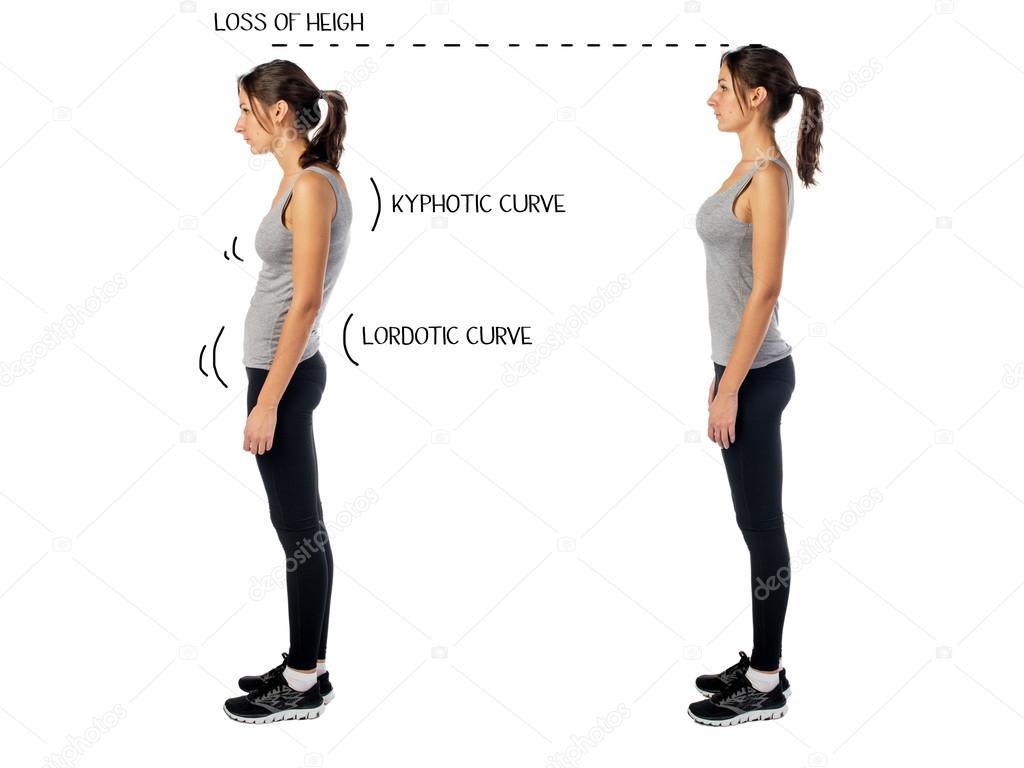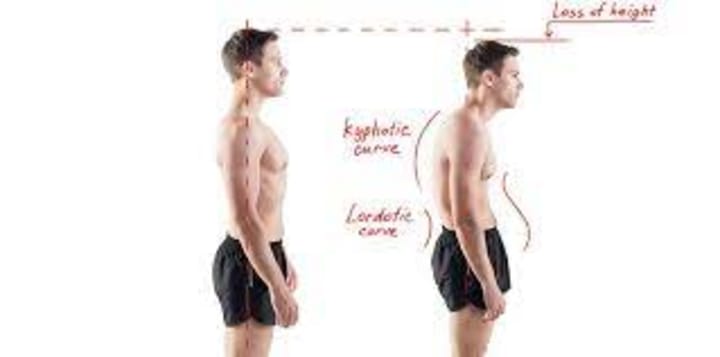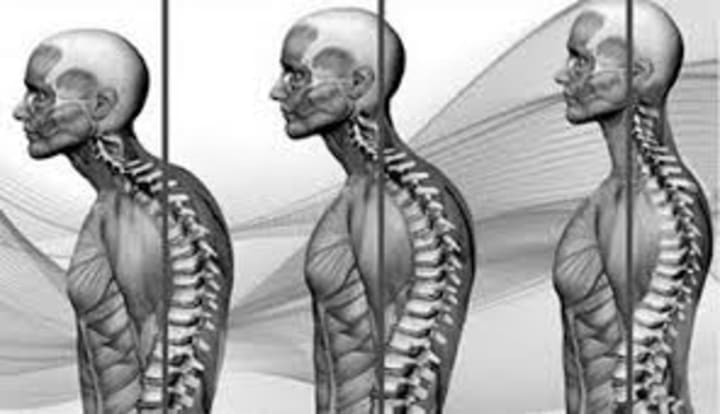Content warning
This story may contain sensitive material or discuss topics that some readers may find distressing. Reader discretion is advised. The views and opinions expressed in this story are those of the author and do not necessarily reflect the official policy or position of Vocal.
Stand Tall and Straight: Defeating Kyphosis and Reclaiming Your Posture
Duruş Düzeltme: Kamburluk ile Mücadele Etme Yolları

Kyphosis: Understanding the Hunchback Condition
Introduction:
Kyphosis is a postural deformity characterized by an excessive curvature of the upper back, resulting in a rounded or hunched appearance. It is a common condition that affects people of all ages, from children to older adults. In this article, we will delve into the causes, symptoms, diagnosis, and treatment options for kyphosis.
Causes:
Kyphosis can be caused by various factors, including:
Poor Posture: Prolonged periods of slouching, incorrect sitting or standing posture, and a sedentary lifestyle can contribute to the development of kyphosis.
Structural Abnormalities: Certain structural abnormalities, such as congenital kyphosis (present at birth) or Scheuermann's disease (a condition that affects the growth of the vertebrae), can lead to kyphotic curvature.
Osteoporosis: Weakening of the bones due to osteoporosis can make the spine more susceptible to kyphosis.
Spinal Injuries: Traumatic injuries or fractures to the spine can cause the vertebrae to collapse or become misaligned, resulting in kyphosis.

Symptoms:
The following symptoms may be associated with kyphosis:
Visible Hump: The most noticeable symptom of kyphosis is a visible hump or rounded appearance of the upper back.
Back Pain: Some individuals with kyphosis may experience back pain or discomfort, especially in the thoracic region.
Stiffness: Reduced flexibility and limited range of motion in the spine are common in individuals with kyphosis.
Fatigue: The strain on the muscles and ligaments supporting the spine can lead to fatigue and muscle weakness.

Diagnosis:
To diagnose kyphosis, a medical professional will typically perform a physical examination and evaluate the patient's medical history. Imaging tests such as X-rays, MRI scans, or CT scans may be used to assess the severity of the curvature and identify any underlying structural abnormalities.
Treatment Options:
The treatment for kyphosis depends on factors such as the severity of the condition, the underlying cause, and the age of the patient. Common treatment options include:
Physical Therapy: Exercises and stretching routines prescribed by a physical therapist can help strengthen the muscles supporting the spine, improve posture, and increase flexibility.
Bracing: In some cases, specially designed braces or orthotic devices may be recommended to support the spine and prevent further progression of the curvature, particularly in growing children.
Pain Management: Nonsteroidal anti-inflammatory drugs (NSAIDs) or other pain medications may be prescribed to alleviate discomfort associated with kyphosis.
Surgery: Severe cases of kyphosis that do not respond to conservative treatments may require surgical intervention. The goal of surgery is to correct the curvature and stabilize the spine using techniques such as spinal fusion.
Conclusion:
Kyphosis is a condition characterized by an abnormal curvature of the upper back, leading to a rounded or hunched appearance. While it can be caused by various factors, early diagnosis and appropriate treatment can help manage the condition effectively. Physical therapy, bracing, pain management, and surgery are among the treatment options available. If you suspect you or someone you know may have kyphosis, it is important to consult a healthcare professional for an accurate diagnosis and tailored treatment plan.
We have compiled a list of products that can help in the treatment of kyphosis. Depending on the extent of your discomfort and your personal preference, choosing these products may be beneficial for your treatment. We wish you healthy days.
Smart Posture Corrector Device
Invisible Chest Posture Corrector
Self-Heating Magnetic Therapy Support Belt
Adjustable Child Posture Corrector
Adjustable Medical Back Posture Corrector





Comments
There are no comments for this story
Be the first to respond and start the conversation.